
Red Rock Crab Facts
- The attention-grabbing term of Red Rock Crab actually serves as the common name for several different species of Arthropods. The only other widely used general name it holds it also shares with those. That’s the amusing title of Sally Lightfoot crab.
- Within the scientific community, however, it’s probably better known by its technical moniker. Fortunately for the layperson, that’s an extremely simple term to pronounce, as such things go. That’s because it holds the formal epithet Grapsus grapsus.
- The interesting animal received that tag due to the efforts of Carl Linnaeus himself. The highly esteemed Swedish biologist accomplished the first acknowledgement of it as a separate and distinct species. He managed that noteworthy feat in the year 1758.
- It’s also widely renowned for its impressive physical abilities. On land, it’s capable of moving with extreme speed and startling agility. It’s often demonstrated an ability to change direction almost instantly, and even to leap short distances when needed.
- Thankfully, the amazing Red Rock Crab appears to be maintaining a population base that’s both stable and sufficient. That pleasant state also seems to hold true across the entirety of its range. The IUCN therefore presently does not show it on its Red List.
- The marvel of Nature and evolution nevertheless still faces multiple potential threats to its continued existence as a species. Most of these stem from the actions of mankind. They include the closely related perils of habitat loss and ongoing climate change.
Related Articles

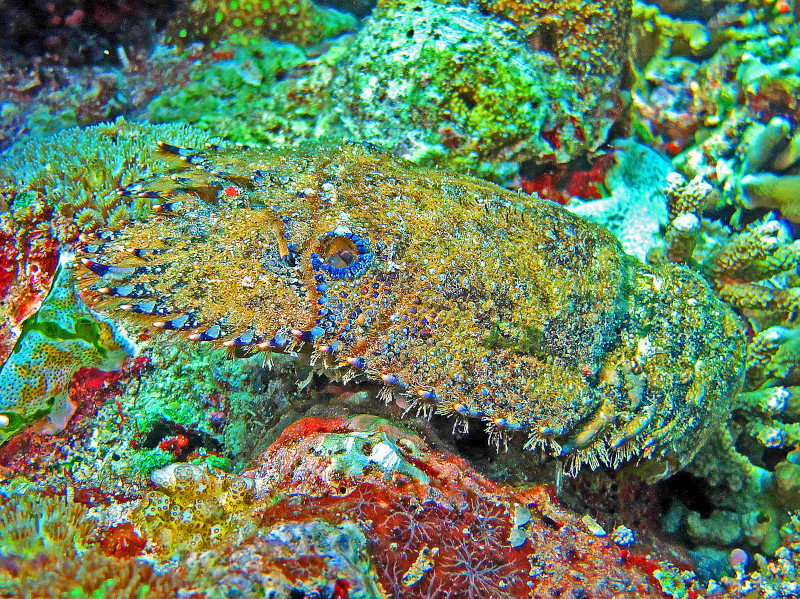
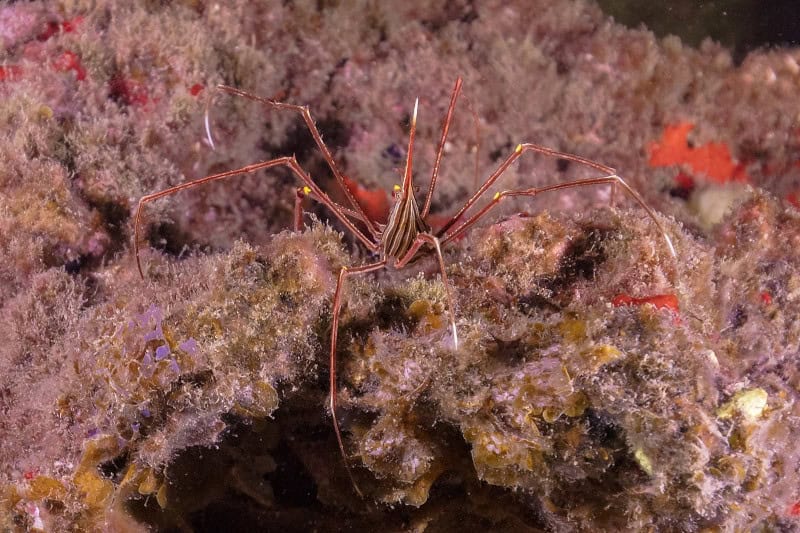
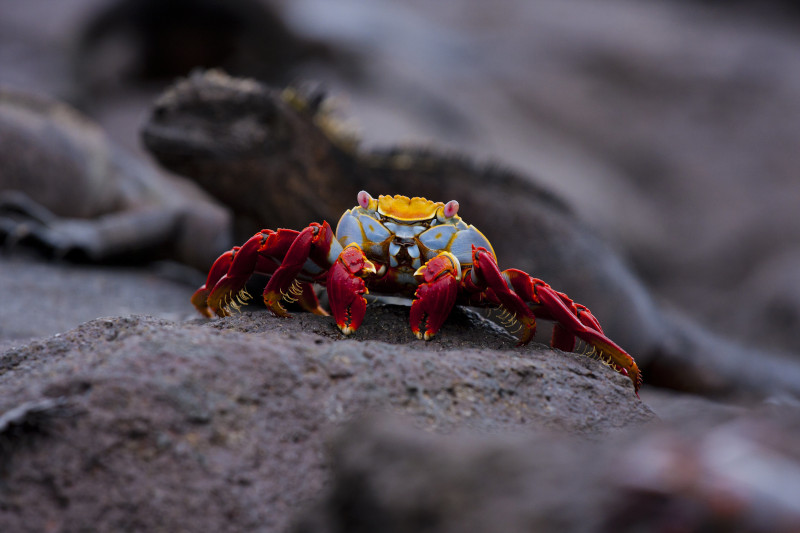
Red Rock Crab Physical Description
This particular species bearing the label of Red Rock Crab immediately draws the eye and catches the full attention of those who encounter it. Though its previously mentioned behaviors fully merit attention, it’s the physical aspects of the animal that stand out.
In this regard, however, it follows the same well-established pattern as most of its brethren. That’s in the fact that it displays a degree of the physiological characteristic of sexual dimorphism. In its case, though, this trait actually manifests itself in several different ways.
In both genders, the carapace typically develops as rounded, and highly flattened in design. The width of this usually ranges from 2.8 to 3.9 in (7 – 10 cm). Exceptional specimens do sometimes occur, however. As a general principle, males tend to be larger than females.
Like others of its kind, it has five pairs of legs. The front two have small, blocky claws. Here, another variety of gender-based difference manifests. Males of the animal display much larger and more robust claws than females. The other legs develop as broad and flat.
Yet, it’s undoubtedly the coloring of the breathtaking Red Rock Crab that unfailingly captures the attention. This also counts as yet another way in which the Arthropod displays the gender-based differentiation. Males and females present different patterns.
Males generally present have a brighter, more vibrant coloration than females. These display a reddish-orange or even bright red coloration on their carapace. Variations of yellow, white, or black markings also occur. Their legs also have hues ranging from orange to red.
While the pattern of females is similar to that of males overall, the colors usually seem more subdued. Yet, differences remain. They typically have a bright red or orange carapace, often with blue or black spots or stripes. Their legs are usually a black or dark brown shade.
- Kingdom: Animalia
- Phylum: Arthropoda
- Class: Malacostraca
- Order: Decapoda
- Family: Grapsidae
- Genus: Grapsus
- Species: G. grapsus
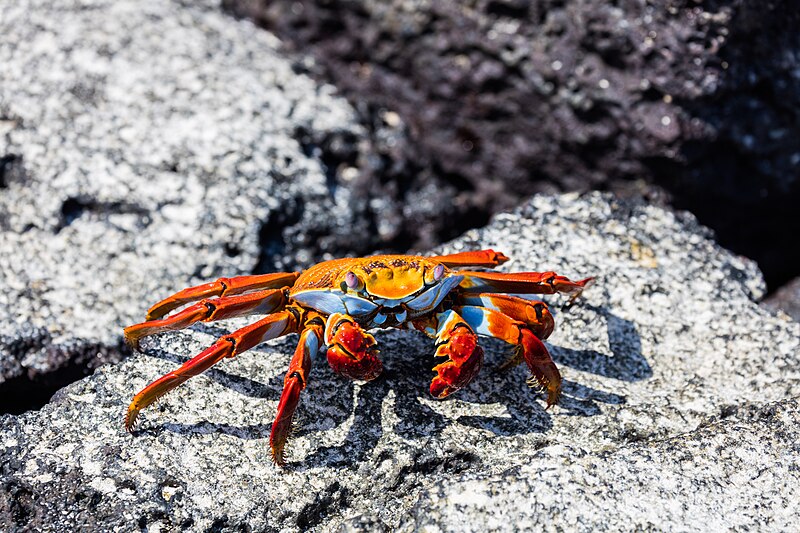
Red Rock Crab Distribution, Habitat, and Ecology
This specific iteration of the stunning Red Rock Crab, lamentably, evolved as native to a somewhat restricted portion of the earth’s surface. The precise location of that zone of habitation might probably won’t surprise too many people, though, given its exotic beauty.
This Decapod inhabits portions of both North America and South America, though only very specific and small one’s. It appears as far north as parts of Mexico. From there, though, its range extends as far as Ecuador, in South America. It also lives on the Galapagos Islands.
This extraordinary Arthropod not only displays clearly strong preferences in terms on habitat preferences, but somewhat surprising one’s. That’s because the very nature of the regions it lives in seem, on the surface, at least, to be relatively harsh and inhospitable.
It typically inhabits rocky shores, intertidal zones, and coastal areas with lots of rocks, crevices, and tidal pools. It’s also highly adapted to this habitat, with its agile movements allowing it to navigate the uneven terrain. The strong claws let it hold tightly to rocks.
This Red Rock Crab is omnivorous, feeding on a variety of items including algae, detritus, small invertebrates, and even carrion. Its diet varies, depending on availability, season, and location, but it’s particularly important in controlling algae populations in its habitat.
In turn, its own predators remain relatively few. Those that do hunt it, though, include such creatures as birds, fish, octopuses, and larger crabs. Its agility and ability to quickly dart into crevices among rocks does, however, provide it with some protection against predators.
Species Sharing Its Range
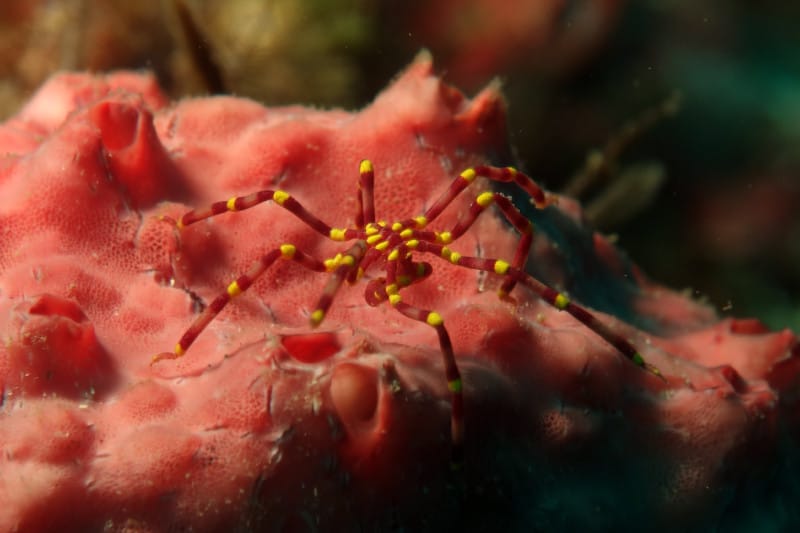
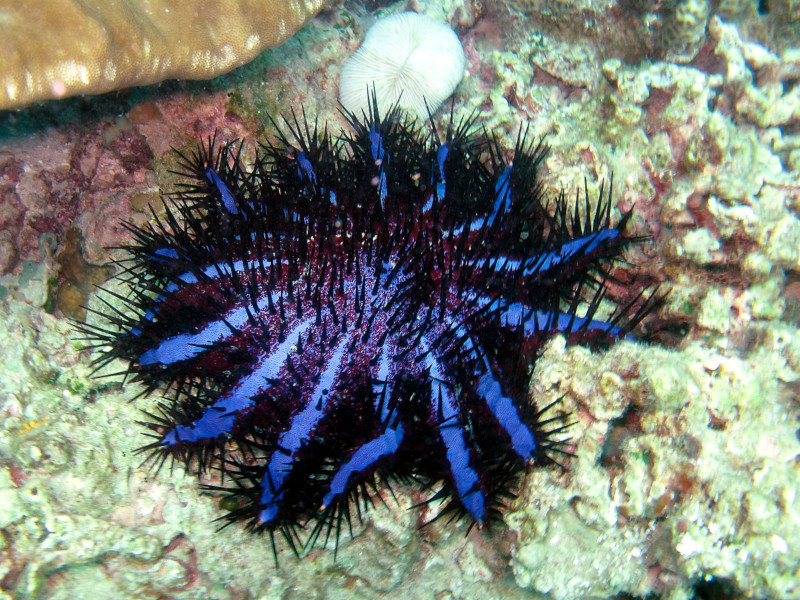

Check out our other articles on 3 Wondrous North American Wetlands, Cape Porcupine, Vikos Gorge, East African Lowland Honey Bee, Tiger Shark, Rosy Veincap, Axolotl, Orinoco Crocodile









Leave a Reply